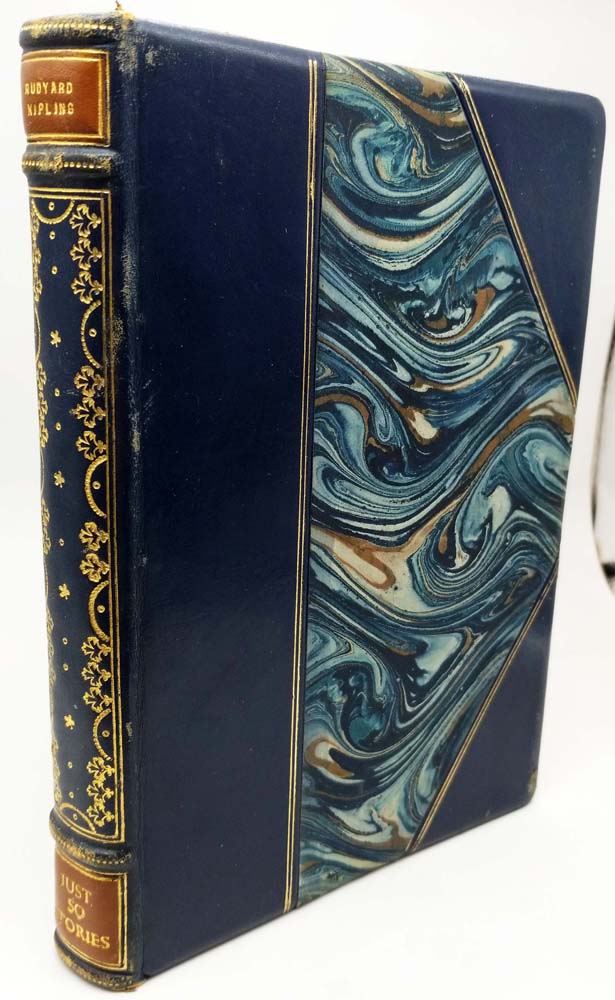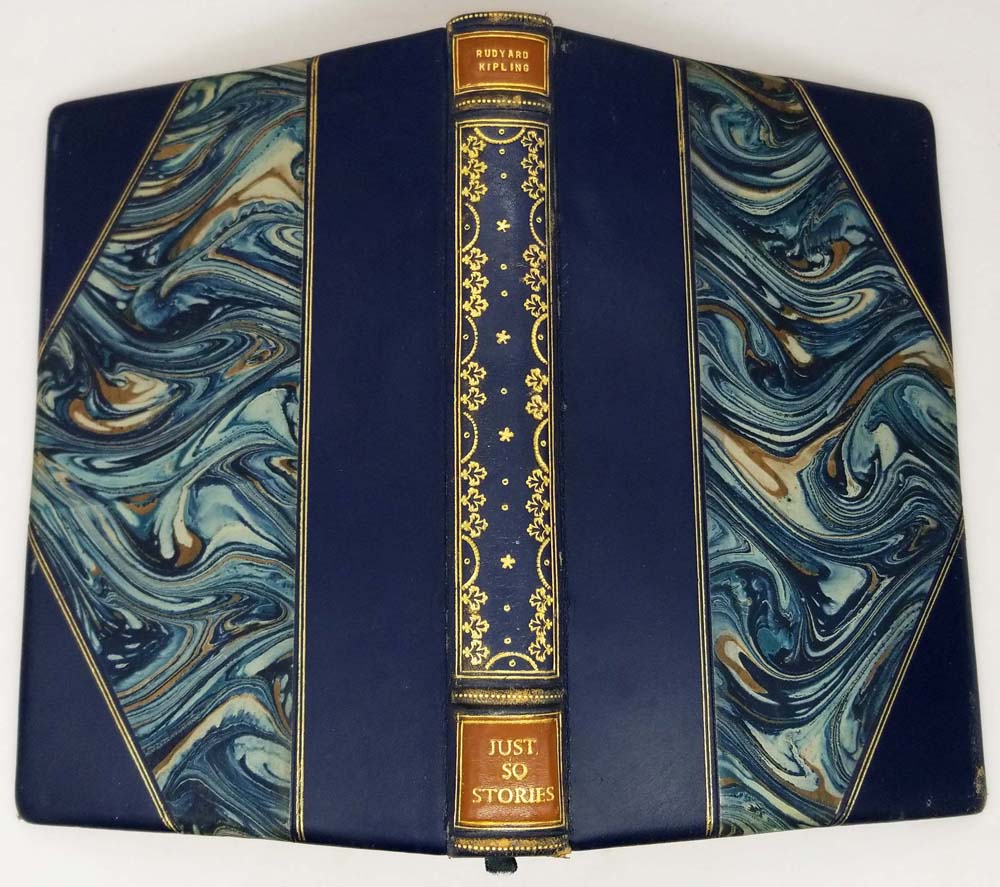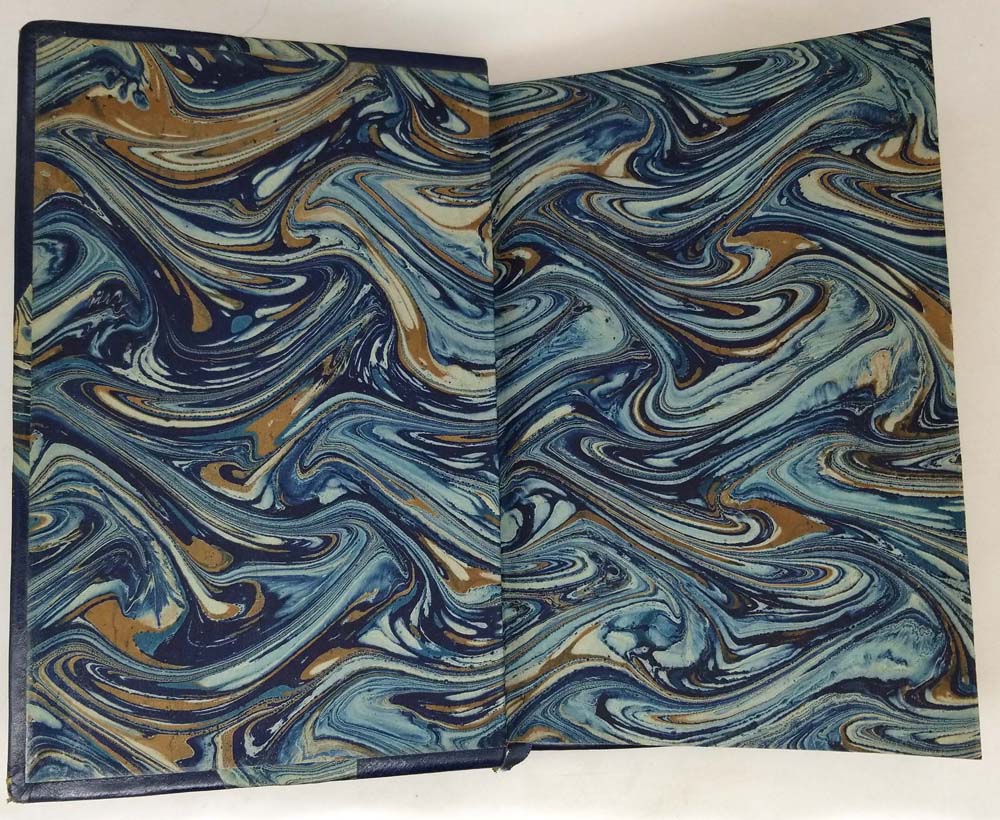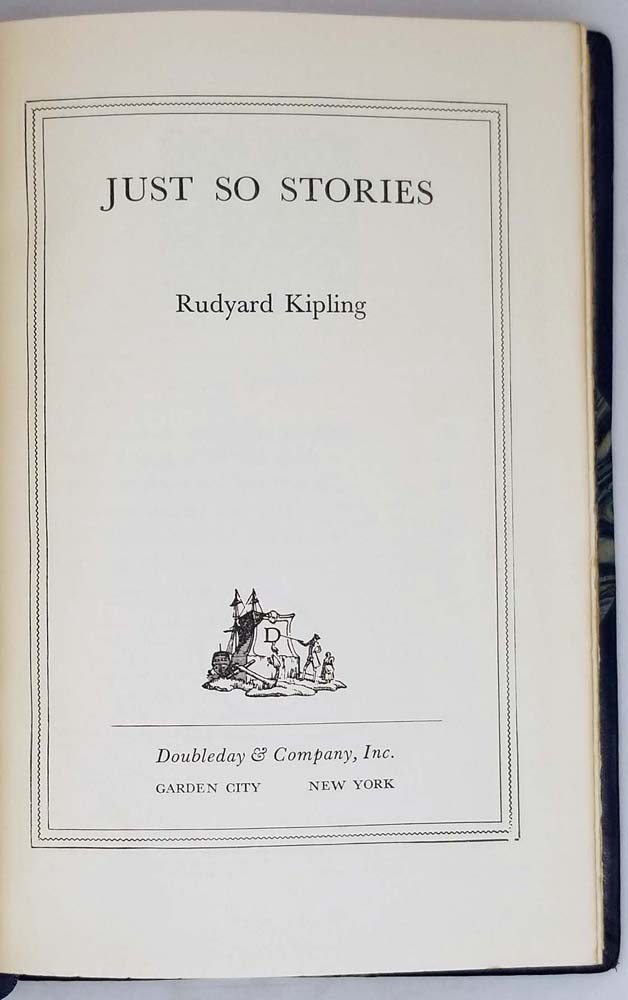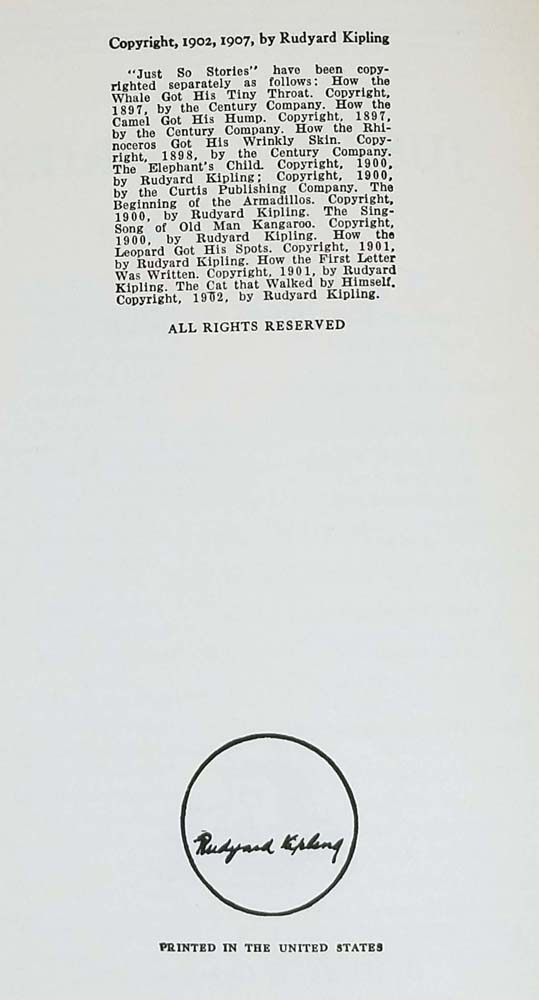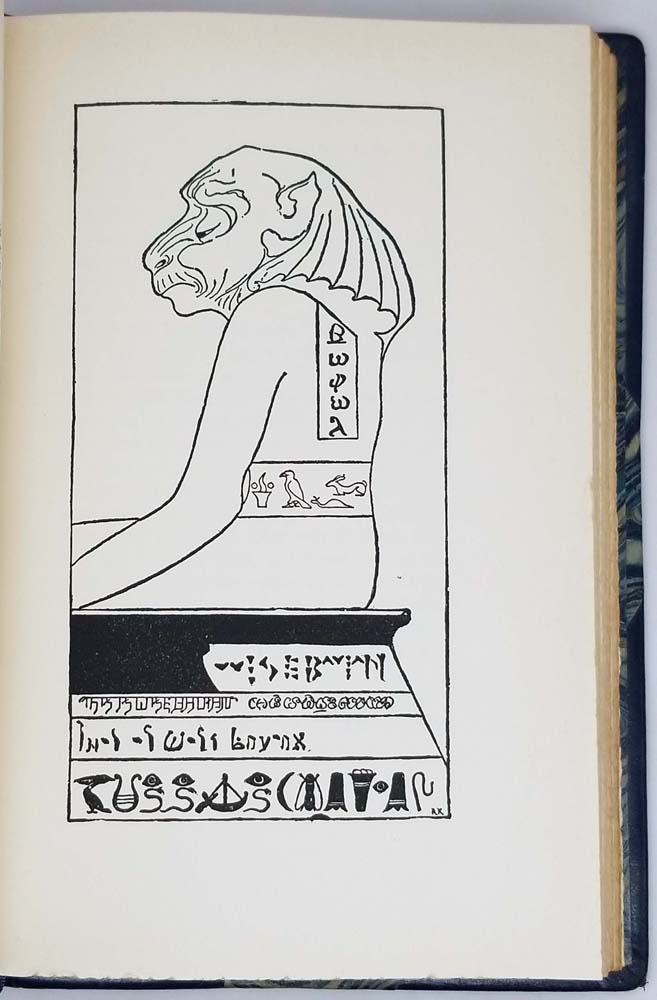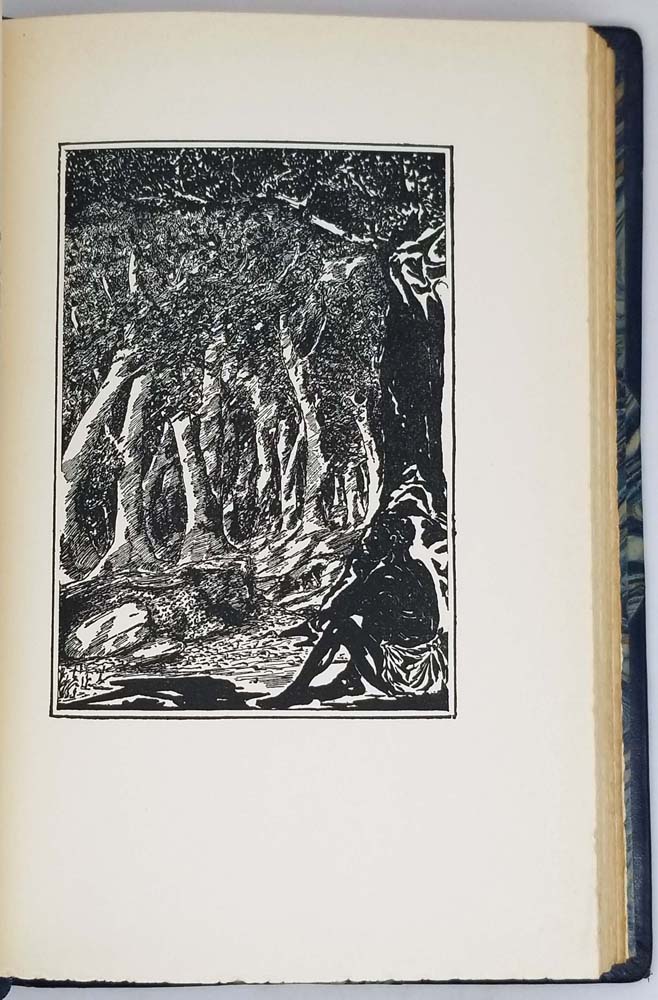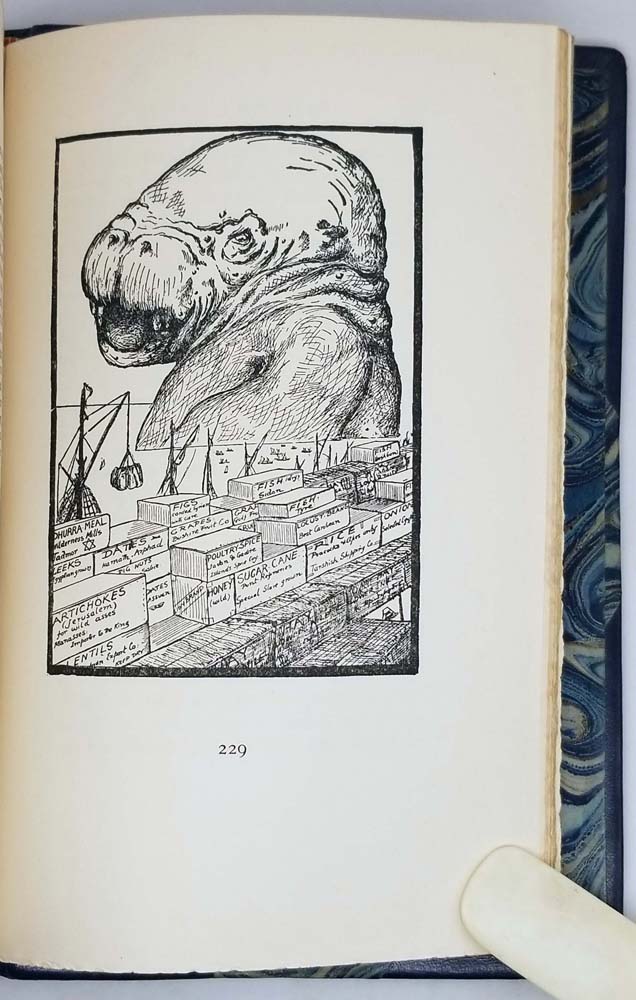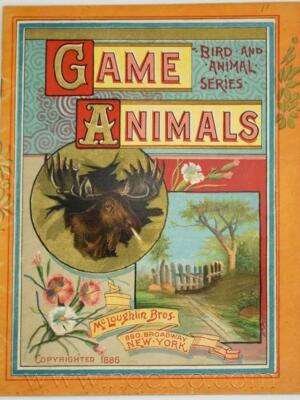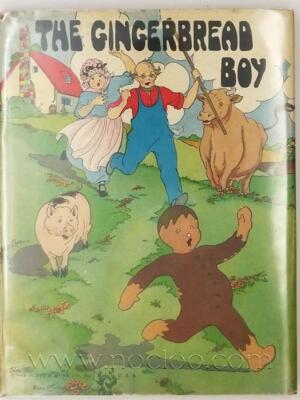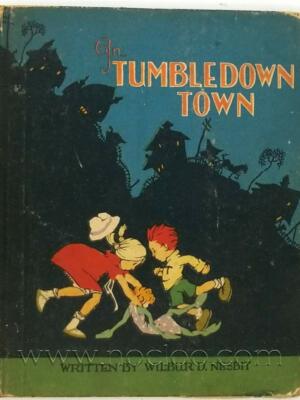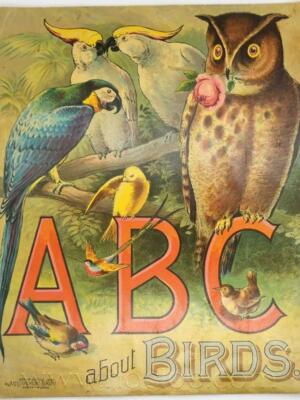Just So Stories (1907) by Rudyard Kipling is a whimsical and enduring collection of origin fables, written for his eldest daughter, Josephine, with the playful, rhythmic cadence of a bedtime story. These tales imaginatively explain how animals came to possess their distinctive features—from How the Leopard Got His Spots to The Elephant’s Child (whose “satiable curiosity” leads to a crocodile-induced trunk elongation).
Kipling’s prose is musical and incantatory, peppered with inventive wordplay (“the great grey-green, greasy Limpopo River”) and interactive refrains meant to be read aloud. The stories blend myth, satire, and colonial-era exoticism, drawing on Indian, African, and British folklore, though modern readers may critique their imperialist undertones.
Originally illustrated by Kipling himself with rough sketches, the most beloved editions feature art by Joseph M. Gleeson or Eric Kincaid, whose visuals amplify the tales’ charm. A cornerstone of children’s literature, Just So Stories revels in the joy of storytelling itself—where answers matter less than the telling.
For lovers of literary fairy tales:
- The Jungle Book (Kipling, 1894) – Shared mythic energy.
- Aesop’s Fables – Timeless animal allegories.
